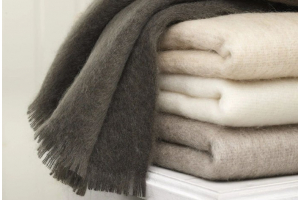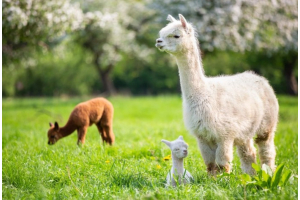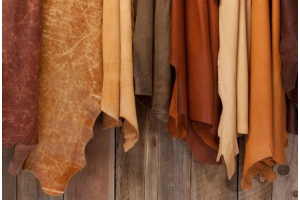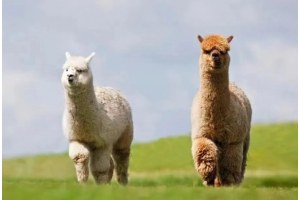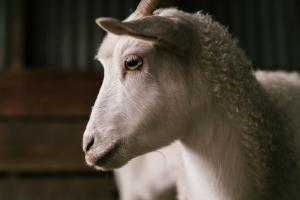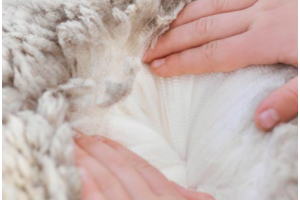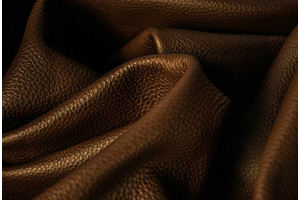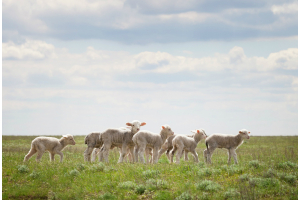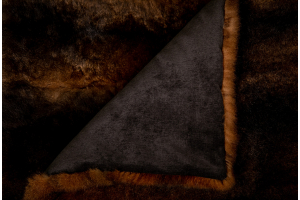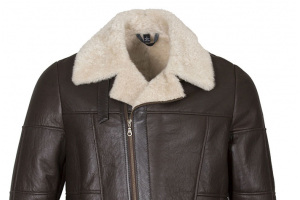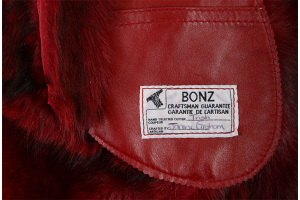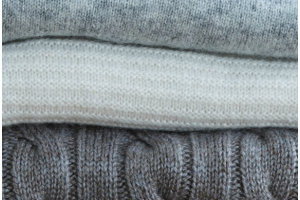We use cookies to ensure that we give the best experience on our website. Click here for more information
Suri Alpaca - A Rare Breed of New Zealand
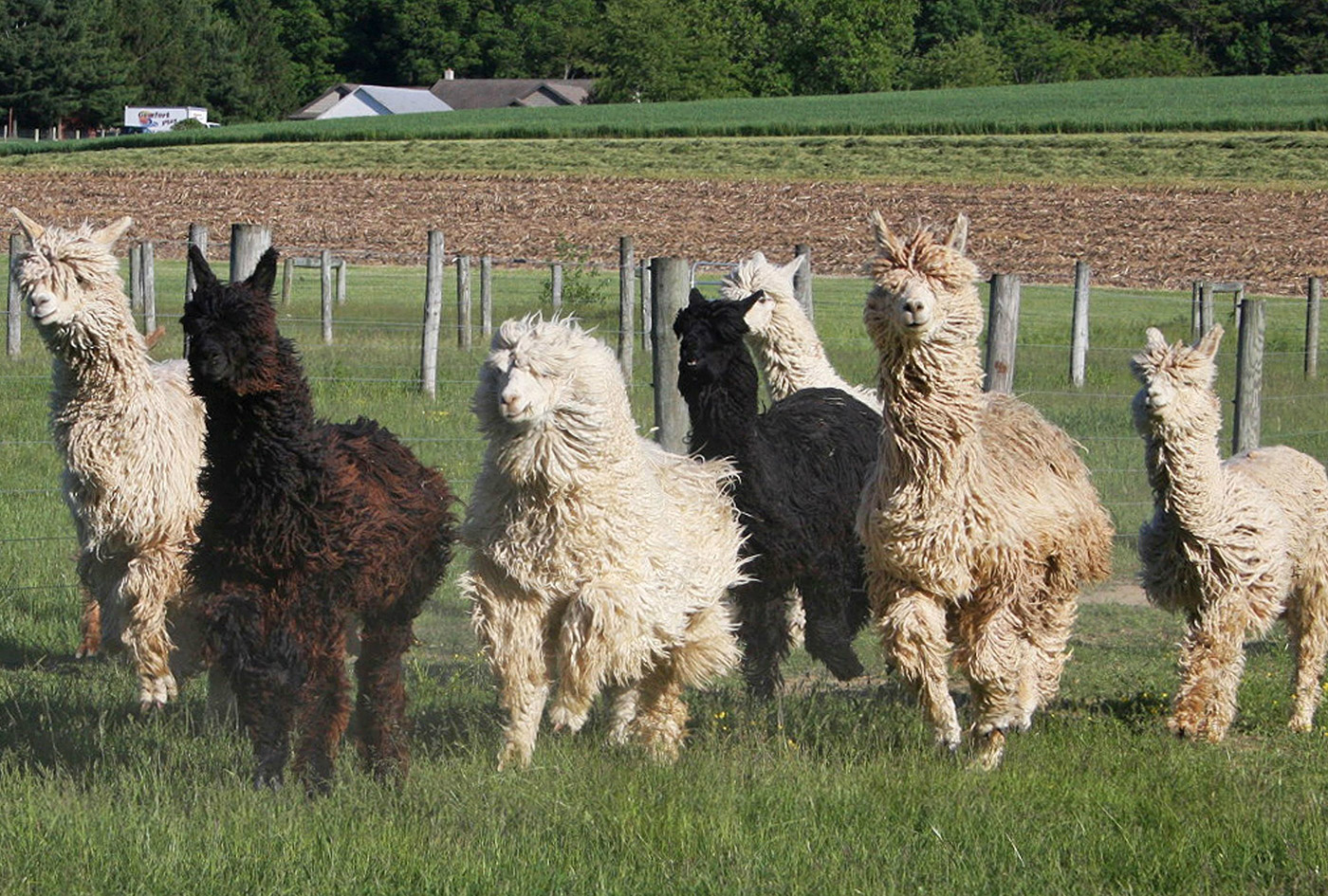
What is a Suri Alpaca?
The Suri alpaca is a member of the camelid family, which includes the llama, Huacaya alpaca, the wild vicuna and guanaco, and also the camel. The alpaca is originally from the high Andean Plateau and mountains of South America. There are two types of alpaca: Huacaya and Suri. Huacaya alpaca has a dense, soft, crimpy sheep-like fibre. Suri alpaca have long, silky fibre, which forms into locks much like dreadlocks.
The history of Suri Alpaca
The Suri Alpaca has a rich cultural history. Originally, the Incas raised this outstanding animal, whose fibre was thinner and softer than wool. But in the 1500s, as much as 90% of the alpacas were killed due to the Spanish invasion and replaced by European livestock (sheep, goats and cattle). Alpacas and their herders retreated into the Andean mountains to escape the conquerors. The Suri Alpacas are affected by the harsh conditions of high altitudes and cannot survive.
What makes Suri Alpaca one of the luxurious materials in the world?
The Suri Alpaca has unique fibre properties that distinguished themselves from other alpaca breeds. They are soft as cashmere, warmer than wool, and with the lustre of silk. These fibres are partially hollow, producing lightweight garments with excellent thermal properties. The finished product is strong, soft and warm. Alpaca breeders have used selective breeding techniques to enhance nutrition and animal care in order to advance the quality of Suri fibre they generate.
The characteristics of Suri Alpaca
Suri alpaca is famous in the Camelid family for its unique fibre characteristics. The fibres grow parallel to the body while hanging in long, separate, unique locks. No other animal has the same characteristics as the fibres such as lustre, fineness, smooth texture and strength. The Suri Alpaca wool does not contain lanolin and it is hypoallergenic. These unique characteristics have made Suri the most sought after all over the world.




